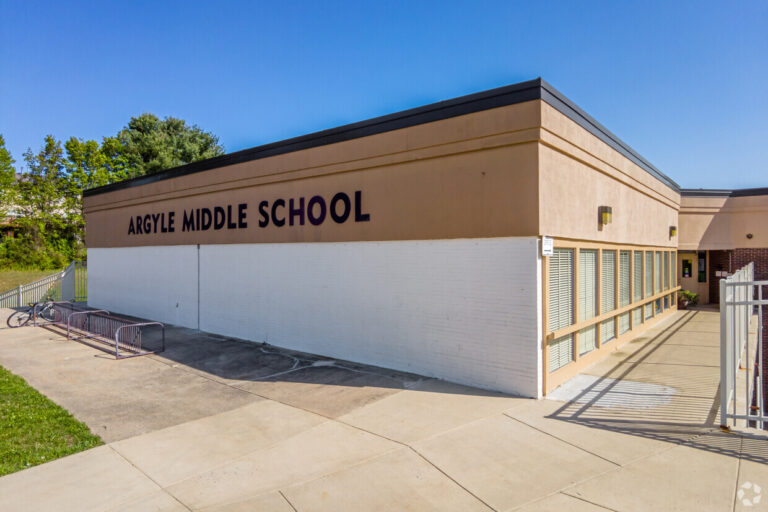Understanding the Ideal Page Size for 1024×731 Displays
In the world of digital design, finding the perfect page size for 1024×731 displays is essential for creating visually appealing and user-friendly content. Whether you’re a web designer, developer, or someone looking to optimize your digital content, understanding the correct dimensions and how they impact user experience is crucial.
In this blog, we’ll dive into the importance of the page size for 1024×731, the best practices to optimize it, and how it affects your content across various devices.
What Does 1024×731 Mean?
When we talk about 1024×731, we are referring to the screen resolution, which is the number of pixels displayed on a screen. In this case, it means the screen width is 1024 pixels, and the height is 731 pixels. This specific resolution is relatively common on older devices and some tablets.
For designers and developers, it’s crucial to account for different screen resolutions when crafting websites or applications to ensure that the user experience is seamless across devices.
Why the Page Size for 1024×731 Matters
When designing for specific screen resolutions, like 1024×731, you must consider how your content will be displayed and accessed. The wrong size can cause users to scroll excessively, miss vital information, or experience slow load times. Here are a few key reasons why choosing the right page size for 1024×731 is important:
1. Responsive Design
A well-designed page for 1024×731 allows content to adjust automatically to fit the display screen. With users accessing websites from multiple devices, such as desktops, tablets, and smartphones, it’s critical to ensure that your website or content scales appropriately, providing the best experience regardless of the device.
2. Faster Loading Times
The larger your content size, the longer it will take to load, which can frustrate users and drive them away from your site. A well-optimized page size for 1024×731 ensures that your page loads quickly, improving user retention and reducing bounce rates.
3. Improved User Experience
When content fits perfectly into the 1024×731 screen size, users can easily navigate without excessive zooming, scrolling, or dealing with cluttered layouts. Ensuring your content is optimized for this resolution means offering a smoother browsing experience.
Best Practices for Designing Page Size for 1024×731
Now that we understand the importance of optimizing page size for 1024×731, let’s go over some best practices to make sure your design performs well:
1. Use Fluid Grids
When designing a layout, using fluid grids helps your design elements adjust to different screen sizes, including 1024×731. Fluid grids use percentages instead of fixed pixel values for width, which allows for flexible resizing across devices.
2. Focus on Content Hierarchy
Screen real estate is limited on a 1024×731 display, so it’s vital to prioritize your content hierarchy. Highlight important information above the fold (the part of the screen visible without scrolling). Users shouldn’t need to scroll excessively to find what they are looking for.
3. Optimize Images and Media
Large, unoptimized images can drastically slow down load times. When designing for page size for 1024×731, always compress your images to reduce their file size without sacrificing quality. This keeps your page running smoothly while maintaining visual appeal.
4. Responsive Typography
Ensure that the fonts used on your page are responsive, meaning they adjust based on screen size. For a 1024×731 screen, you may need to reduce font size slightly or adjust line spacing to ensure that text is readable without overwhelming the layout.
5. Test Across Devices
Before finalizing your design, it’s crucial to test how your page looks on various devices, especially those with a 1024×731 resolution. This step allows you to catch any display issues and fix them before the page goes live.
Tools for Optimizing Page Size for 1024×731
Several tools are available to help designers and developers optimize the page size for 1024×731 displays:
1. Responsive Design Mode in Browsers
Most modern web browsers like Chrome and Firefox offer responsive design modes, allowing you to view how your website will look at various screen resolutions, including 1024×731. This feature helps test responsiveness and visual layout before final publication.
2. Image Compression Tools
Using tools like TinyPNG or ImageOptim allows you to reduce the file size of your images, helping to speed up load times without losing quality. This is especially useful when trying to optimize page load speeds for smaller resolutions.
3. Website Performance Testing Tools
Tools like Google PageSpeed Insights can help you test your page’s performance, including its loading speed and overall user experience, on different resolutions such as 1024×731. These tools provide insights and suggestions for improving your website’s performance.
Adapting to Changes in Technology
While 1024×731 is not a standard resolution for most modern devices, it remains important to consider such resolutions for users on older tablets or laptops. However, as technology continues to evolve, screen resolutions continue to grow, with 1080p, 1440p, and even 4K becoming increasingly common.
Designing for a page size for 1024×731 requires forward-thinking design principles that can easily adapt to higher resolutions in the future. By using fluid grids, responsive typography, and optimized images, you ensure that your content remains accessible across a wide range of screen sizes.
Conclusion
The importance of understanding the page size for 1024×731 cannot be overstated, especially for those aiming to create an optimal user experience. By following the best practices outlined above, you can ensure that your content is displayed correctly, loads efficiently, and provides a seamless experience for users on devices with this resolution.
Optimizing for specific screen sizes like 1024×731 helps improve user satisfaction, reduce bounce rates, and ultimately maximize the performance of your digital content. With the right design strategies, your website or digital platform can deliver high-quality, responsive content that caters to all users, regardless of their screen resolution.
At the end of the day, designing for the page size for 1024×731 is not just about fitting content on a screen; it’s about creating an engaging, functional, and efficient experience for all users.
4o

